Al-Futtaim’s Playbook for Data-Driven Growth: Inside the CTO’s Transformation Agenda

When Himanshu Srivastav discusses technology at Al-Futtaim, he is not merely listing tools. He is outlining a system. As chief technology officer, his remit spans multiple brands and sectors, and the ambition is clear: to build a digital core, connect every data point, and leverage AI to help people do their best work. Recently, we met Srivastav at an event and gained insight into his unique perspective on strategy.
“We want to be an intelligent, data-driven organization,” he says. “AI is at the top.”
Building the digital core
Spend a week with the technology teams, Srivastav explains, and three themes emerge as dominant: AI, data, and automation. AI initiatives and data initiatives are part of daily conversations. Automation and process improvement run close behind, always framed by a simple question: how can humans and technology work together more effectively?
The backbone of the digital core is ERP. Al-Futtaim uses SAP as its core system and recently completed a group-wide migration to “RISE with SAP” on Microsoft Azure. “It is a cloud-enabled platform,” Srivastav says. “We worked closely with Microsoft and SAP to get it done.”
Alongside the ERP, sits a unified data platform on Azure with Databricks. The platform leverages a database of millions of customers to identify potential prospects for various brands and segments. The more complete the view, the better the targeting- and the smoother the experience.
Blue ties these elements together for consumers. It is a lifestyle advisor, a commerce channel, and a loyalty program in one mobile platform. Within Blue, users can browse cars, shop at multiple Al-Futtaim brands, and discover partner services across the ecosystem.
Al-Futtaim’s partnership with BYD can be a great example ot the value of its digital prowess. The company worked closely with BYD to introduce its technology-enabled mobility products across the region, with a focus on the UAE and Saudi Arabia. Al-Futtaim brings the technology stack and customer reach, while BYD brings the product.
Humans and machines, on purpose
“Humans and machines have to work together; that is our philosophy,” says Srivastav. The group has deployed Microsoft Copilot to approximately 2,000 to 3,000 employees so far, with more to follow. Sales and service teams utilize AI features, including call transcription and action extraction, to help capture commitments that might otherwise be lost after a busy day.
Internally, Al-Futtaim organizes its AI push through an AI Office and a Chief Data Officer working in tandem with the CTO. The structure features AI champions embedded within each division, as well as a recurring AI Labs track, where teams conduct experiments. The company also hosts large AI Summits every six months to align leaders and partners on priorities.
The pipeline is sizable. After running AI workshops across divisions, Al-Futtaim created an AI Opportunity Radar with over 120 use cases. It piloted over 34 initiatives, and eight proved strong enough to scale. “The research and prioritization cycle is done,” Srivastav says. “Now it is about execution in six, nine, or twelve months. Not two or three years.”
Al-Futtaim works closely with strategic partners, including SAP, Microsoft, IBM, and Accenture. The group also scouts startups in the United States, India, and China, bringing niche capabilities into the stack.
“We call them partners, not vendors,” Srivastav notes. “We have to build together if we want a win-win.”
The hard parts of transformation
The biggest challenge in any large organization is alignment. “Getting everyone behind a common vision is the first hurdle,” Srivastav says. Al-Futtaim’s advantage was early executive support. Leadership pushed quickly to explore new technologies, right down to renaming meeting rooms after leading AI models. “You will see Llama. You will see Falcon. You will see ChatGPT,” he adds with a smile.
On the technical side, the most challenging early problem was ensuring data connectivity. A single person might be a customer of multiple brands, from retail and insurance to healthcare and automotive. Without a unified view, the group could not serve them well. The solution was a Customer Data Platform at the group level. “Once CDP existed, everything else became logically enabled,” Srivastav says. “Blue was easier to build because the customer foundation was there.”
The third challenge is skills. New platforms require new talent. Al-Futtaim recruits data engineers, digital engineers, and principal engineers who can connect systems across the enterprise. One role Srivastav emphasizes is the Technical Product Owner, a techno-functional profile that translates business processes into integrated technology solutions. “There has to be someone on the technology side who can bridge the gap,” he says.
A cloud-first finish line
Scaling fast requires flexible infrastructure. Al-Futtaim is undertaking a comprehensive migration to the cloud, encompassing over 400 enterprise applications, with a shift to SaaS, PaaS, and its own cloud environments. “By November [2025], we will be 100% on cloud, and we are shutting down our data centers,” Srivastav says. “That gives us a stronger foundation and real flexibility to grow.”
Al-Futtaim’s transformation is not a collection of pilots. It is an operating model. The digital core provides stability. The data platform provides insight. Blue provides reach. AI augments people and processes. Partnerships supply scale and speed. The result is a group that can launch brands, support partners like BYD, and reimagine customer journeys across sectors.
Srivastav sums it up without fanfare. “Technology is a key pillar of the group strategy. Our job is to make it real.”
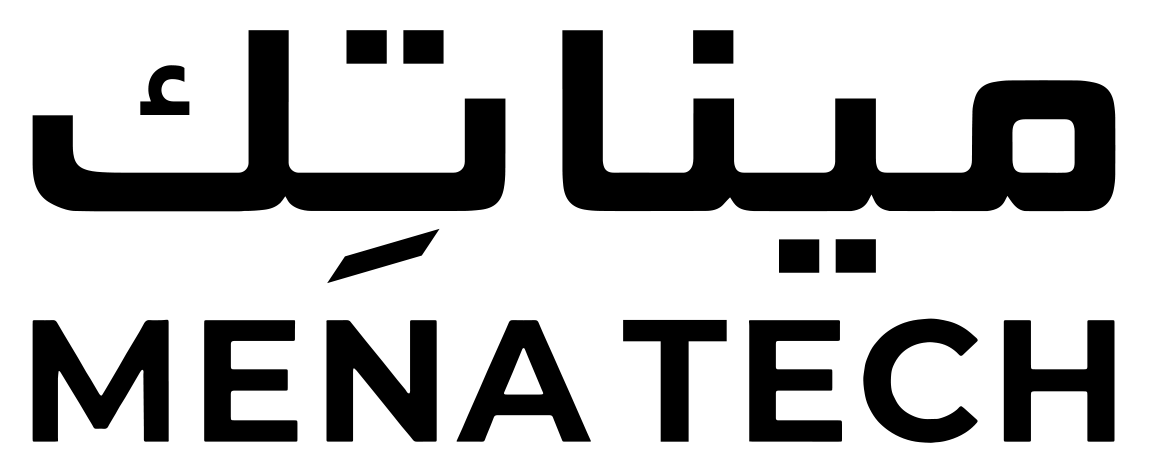
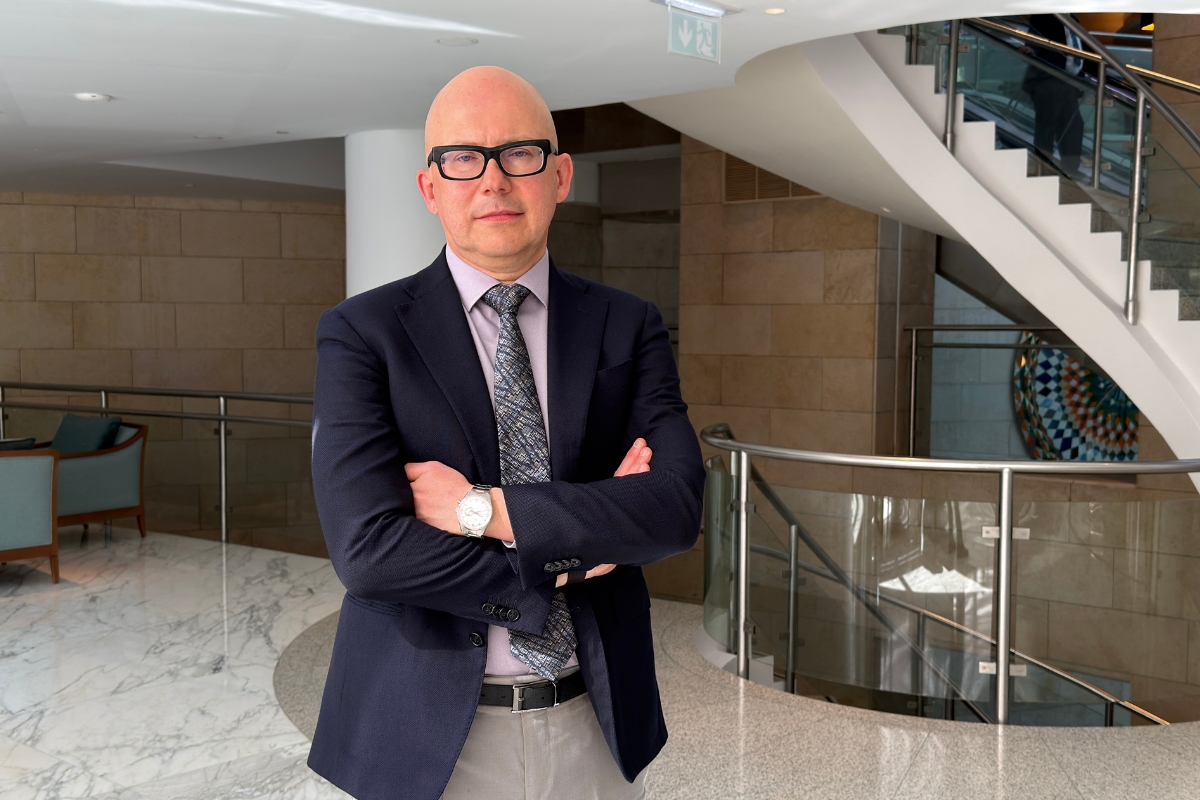




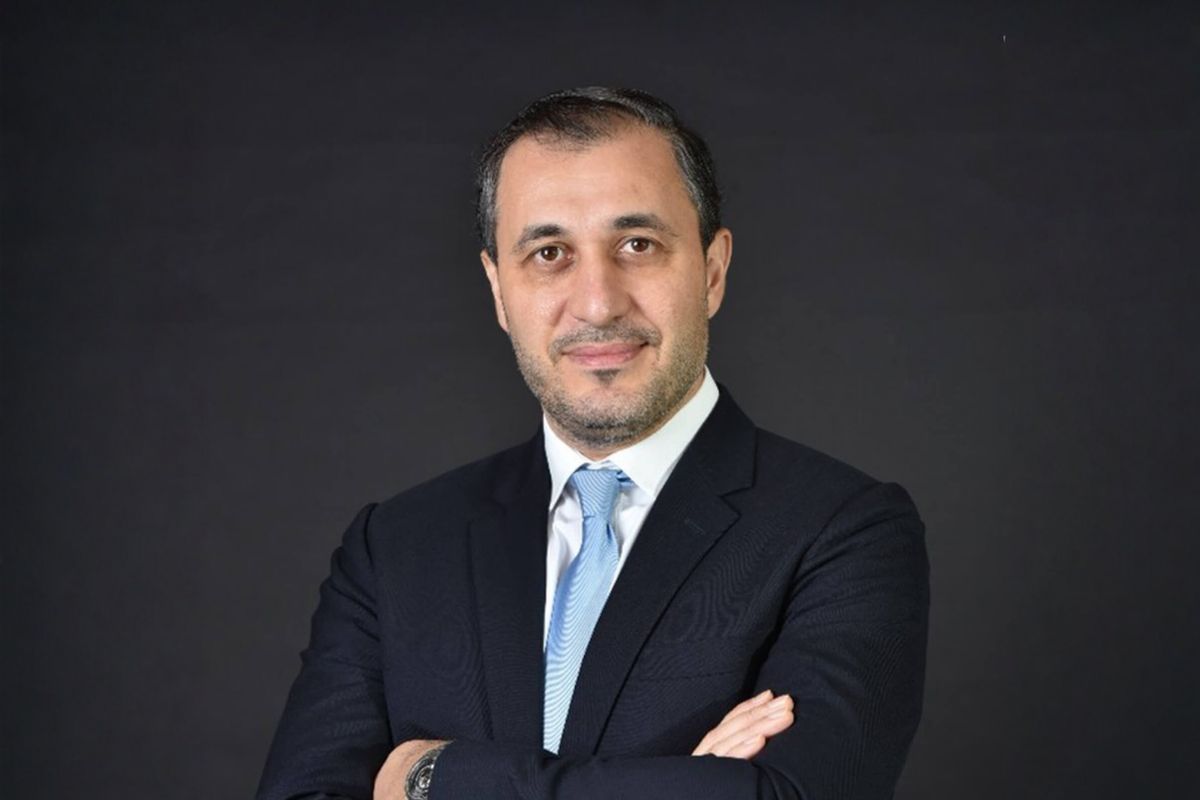
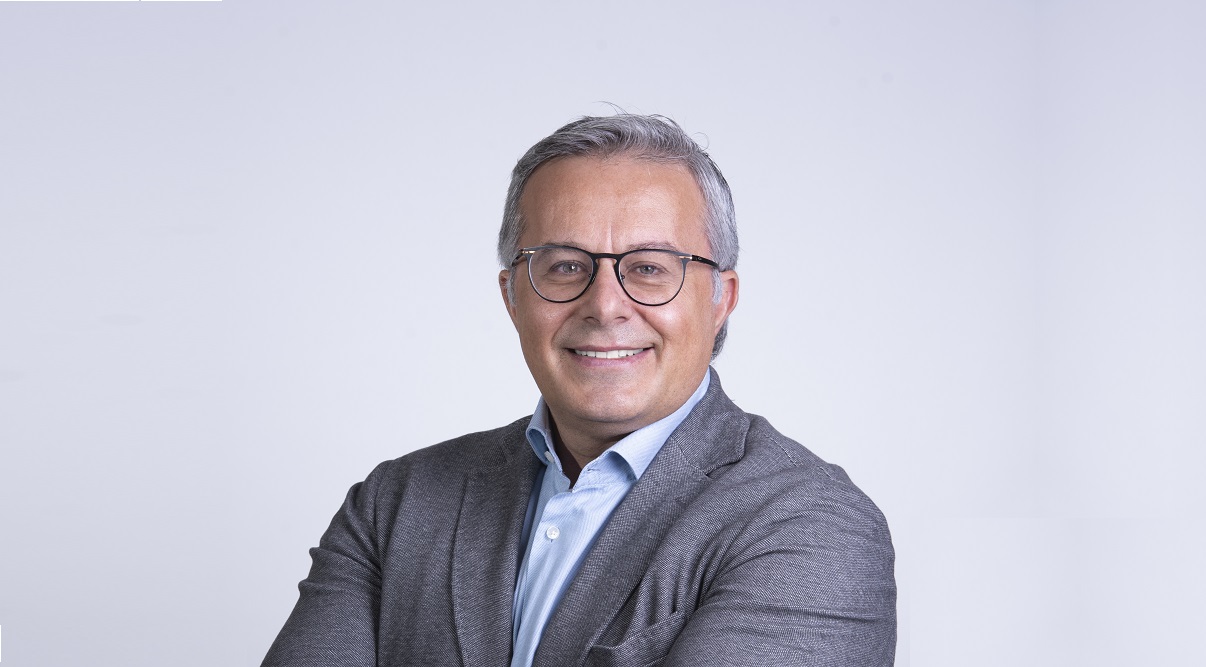


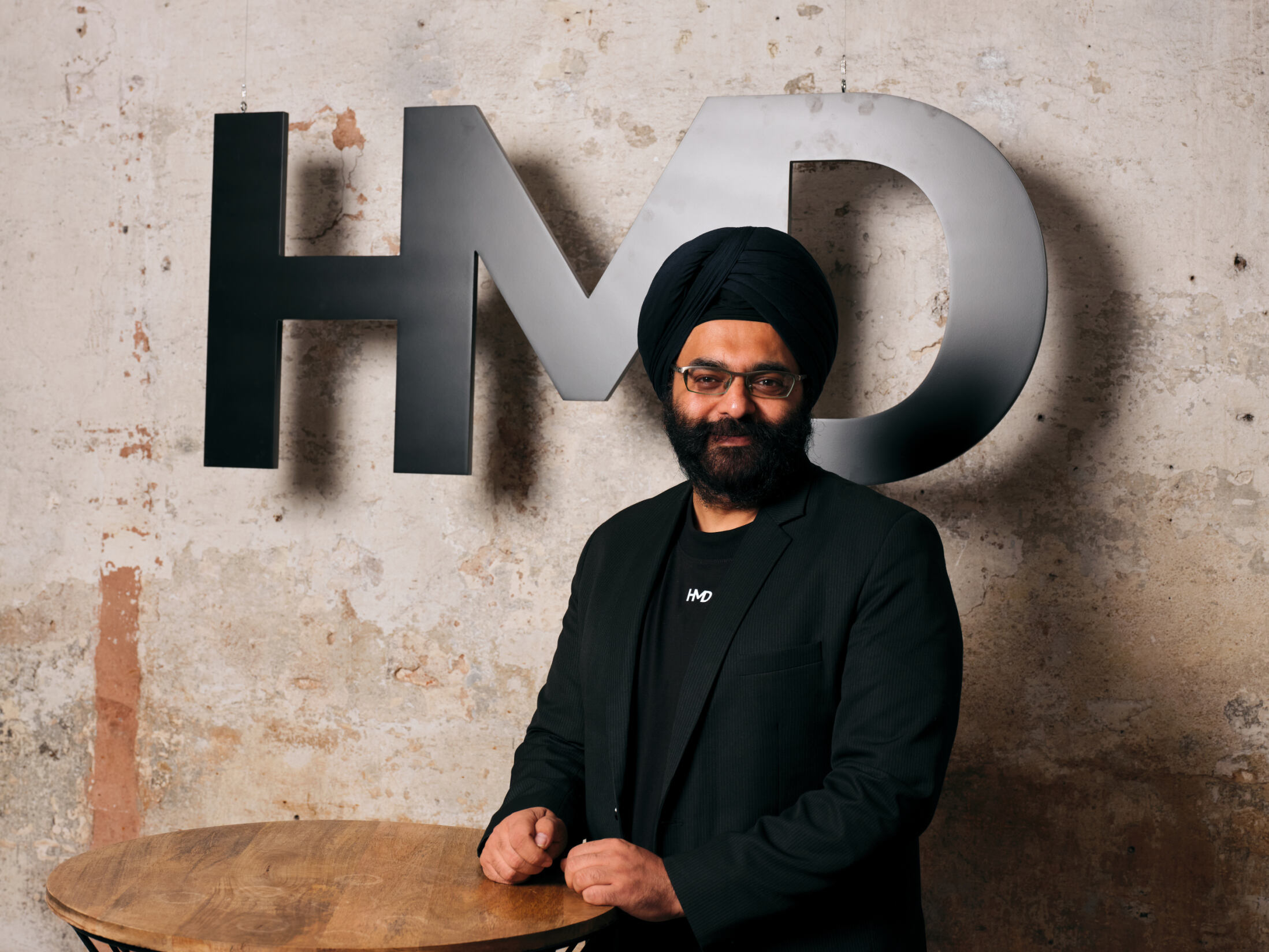


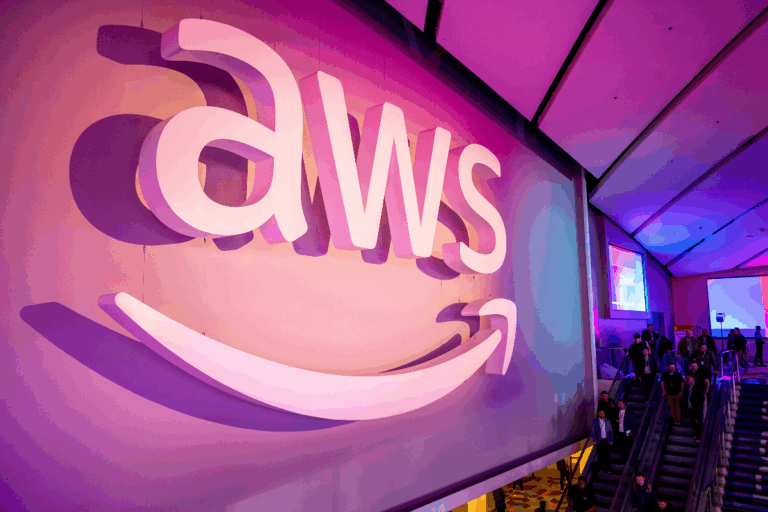

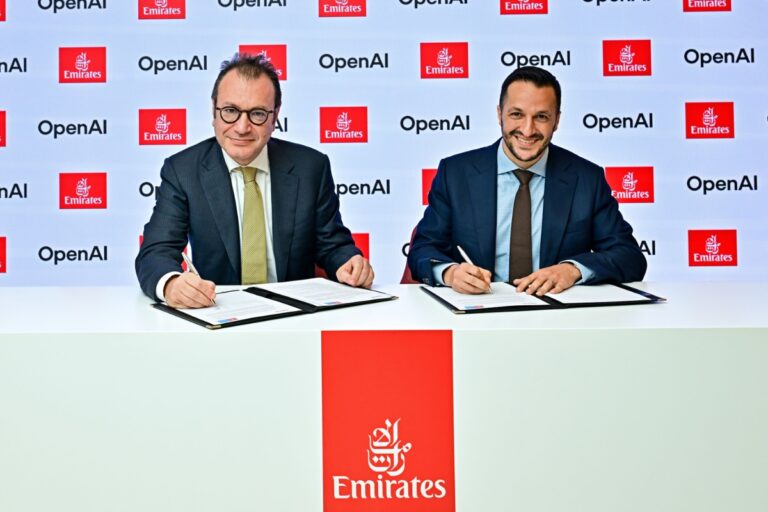
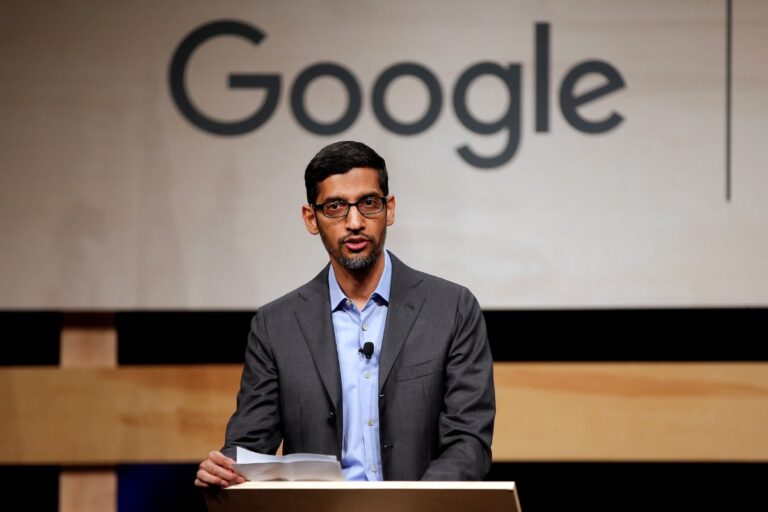



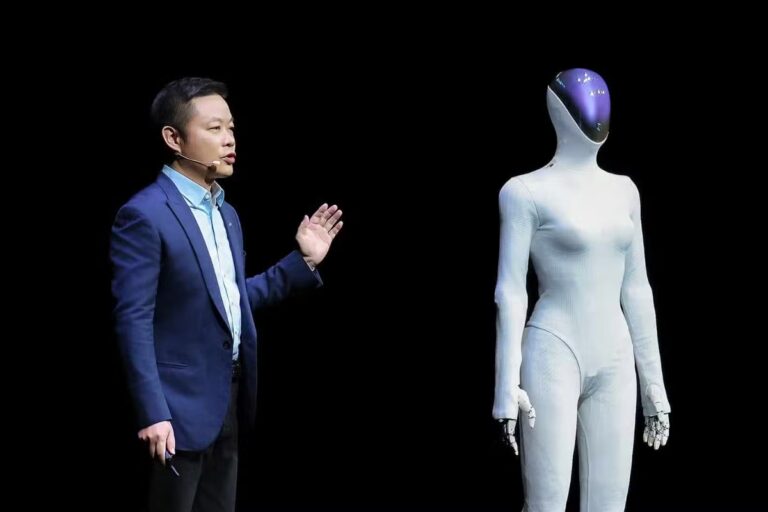
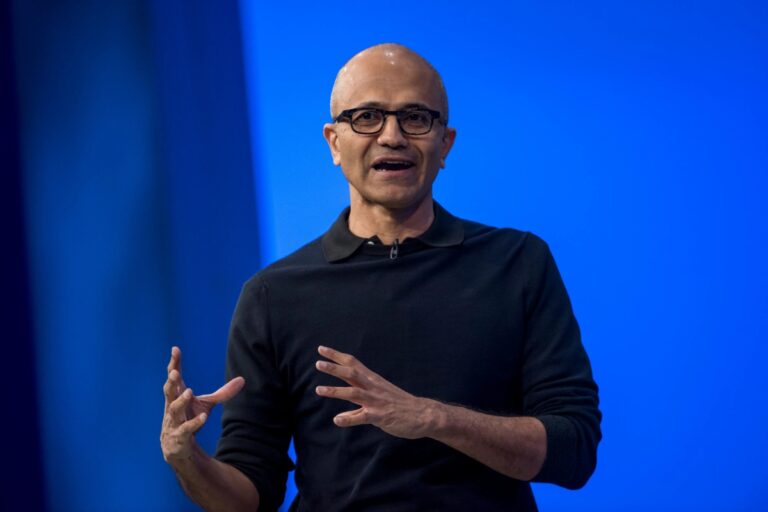


![H.E. Omar Sultan Al Olama, Minister of State for Artificial Intelligence, Digital Economy, and Remote Work Applications [left] Anthony Nakache, Managing Director, Google MENA [right]](https://s3.eu-west-1.amazonaws.com/cdn.menatech.net/wp-content/uploads/sites/2/2025/10/Untitled-1200-x-800-px-3-768x512.jpg)

